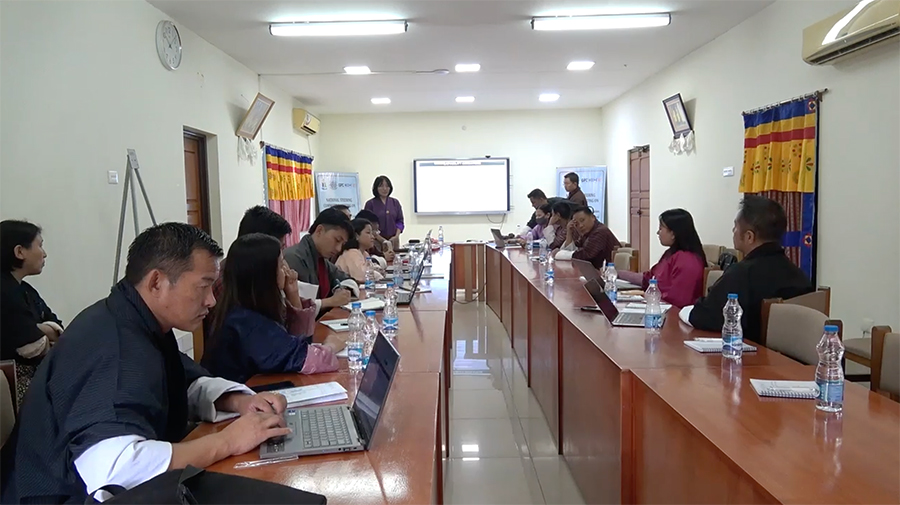 A recent study by the Samtse College of Education is shedding light on what students truly value and where the curriculum is falling short. The study found that while schools support emotional well-being, students feel that there is inadequate support when it comes to gender equality and social inclusion. The findings have prompted national stakeholders to explore ways to bridge these gaps and create more inclusive learning environments.
A recent study by the Samtse College of Education is shedding light on what students truly value and where the curriculum is falling short. The study found that while schools support emotional well-being, students feel that there is inadequate support when it comes to gender equality and social inclusion. The findings have prompted national stakeholders to explore ways to bridge these gaps and create more inclusive learning environments.
The findings were drawn from an ongoing project “Promoting Gender Equality and Social Inclusion in Schools: Building on What Children Value and Aspire to Do and Be.”
It aims to better understand what children truly value in their educational experience.
Through data collection, the team identified differences in how students and teachers prioritise various aspects of education. While teachers often focus on participation, academic performance, and physical development, students place greater importance on emotional warmth, love and care, and mutual respect.
Although students are generally satisfied with the availability of school resources for promoting gender equality and social inclusion, they remain concerned about the lack of adequate support for advancing key capabilities such as bodily autonomy, critical thinking and access to quality education.
 In response to these findings, the project’s first National Steering Committee Meeting was held at Samtse College of Education bringing together policymakers, curriculum developers and other key stakeholders including, chief district education officer, gender and child focal points, and representatives from community-based support services.
In response to these findings, the project’s first National Steering Committee Meeting was held at Samtse College of Education bringing together policymakers, curriculum developers and other key stakeholders including, chief district education officer, gender and child focal points, and representatives from community-based support services.
The gathering served as a platform to discuss the gaps identified in the study, share perspectives, and formulate strategies to create more inclusive and equitable learning environments.
Kinley Sedey, project coordinator said “We have devised activities to promote gender equality and social inclusion by focusing on these capabilities. When we extend these activities to the communities, we need the support from national stakeholders like we need the support from curriculum developers, because we also want to integrate some of the findings that emerge from this project into the curriculum as well in relation to building children’s capabilities.”
Karma Gayphel, project member said “We have collected data based on the capability indicators. We asked and collected data on what children favour the most and their priorities. We could also understand what all are included in their curriculum and what is not. From the analysis, we could find out that there is a difference between how the teachers perceive these indicators and how children perceive them.”
The project is currently piloted in five schools across Samtse. The project plans to introduce the Gender Equality and Social Inclusion clubs as part of its next phase of intervention.
Kinley Dem
Edited by Tshering Zam








